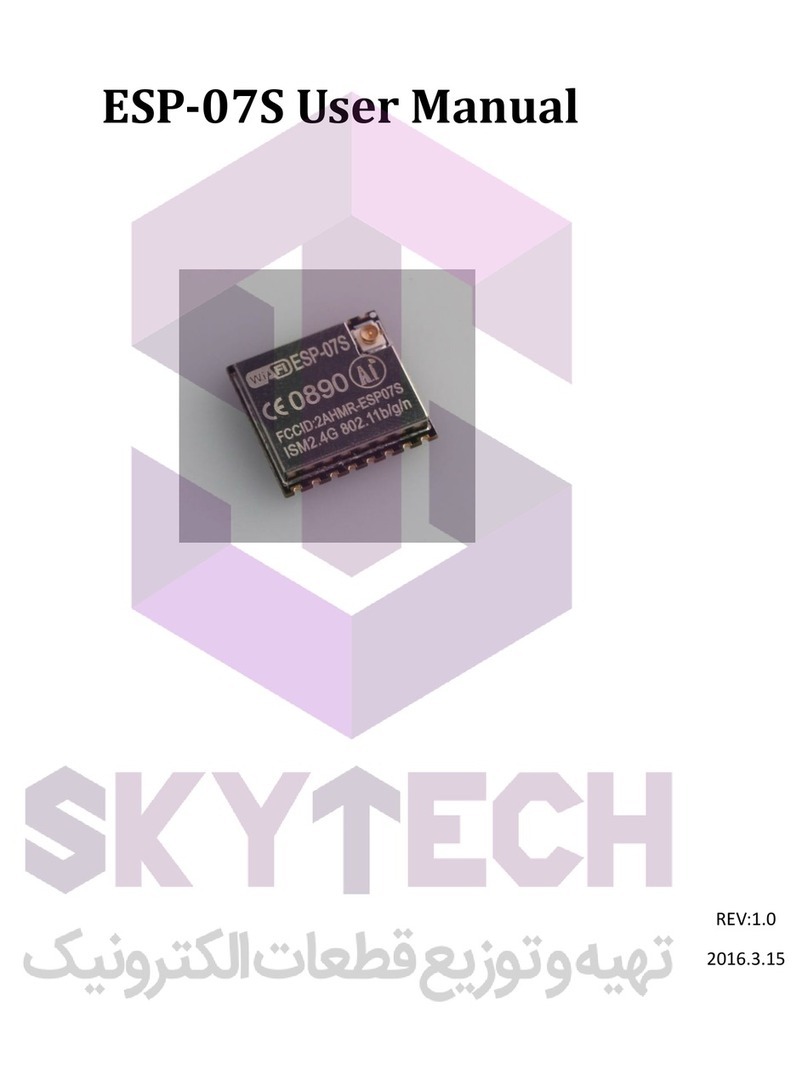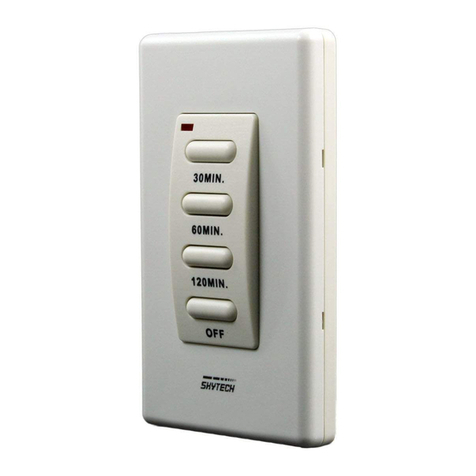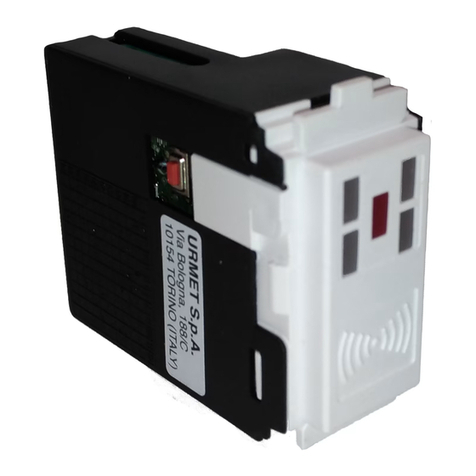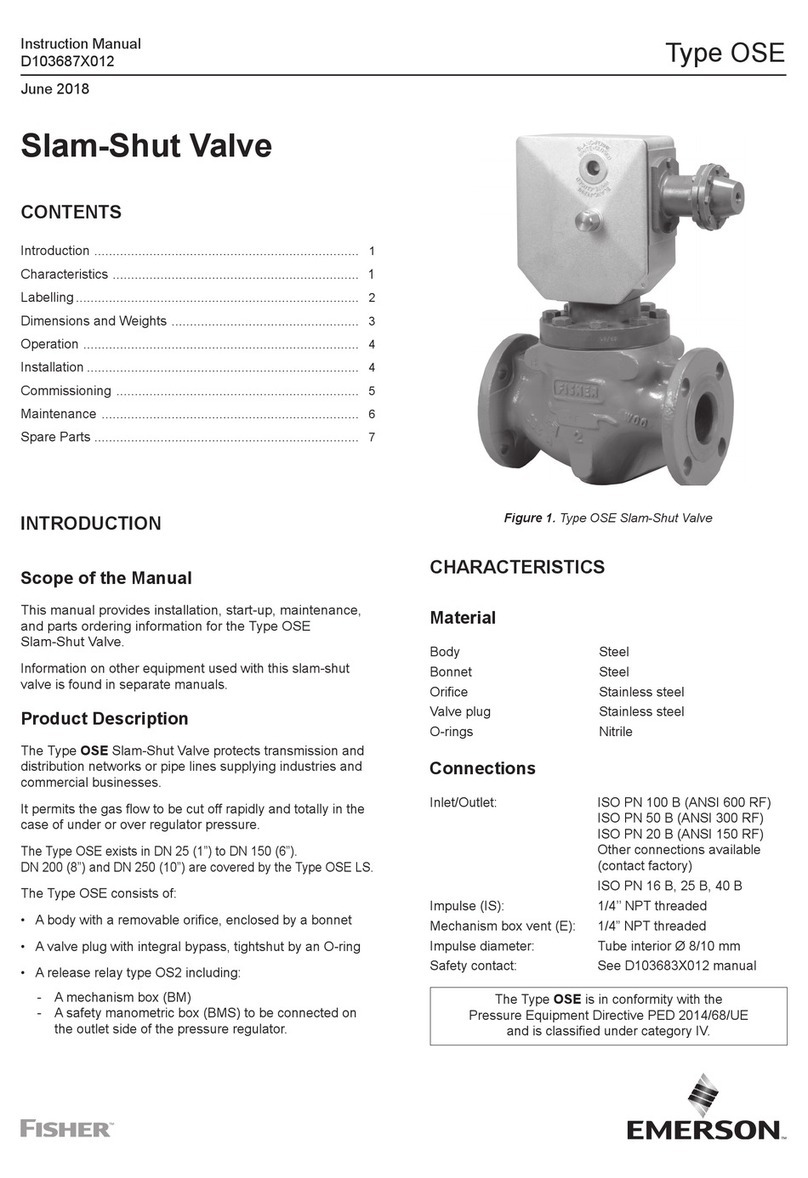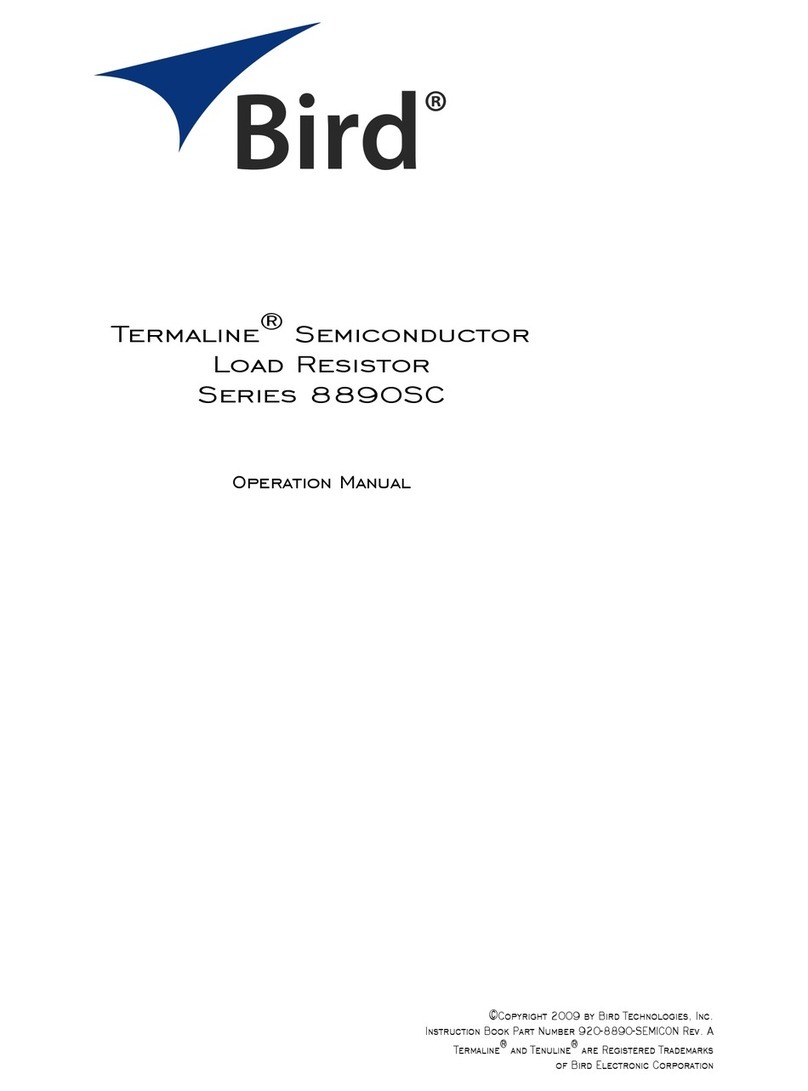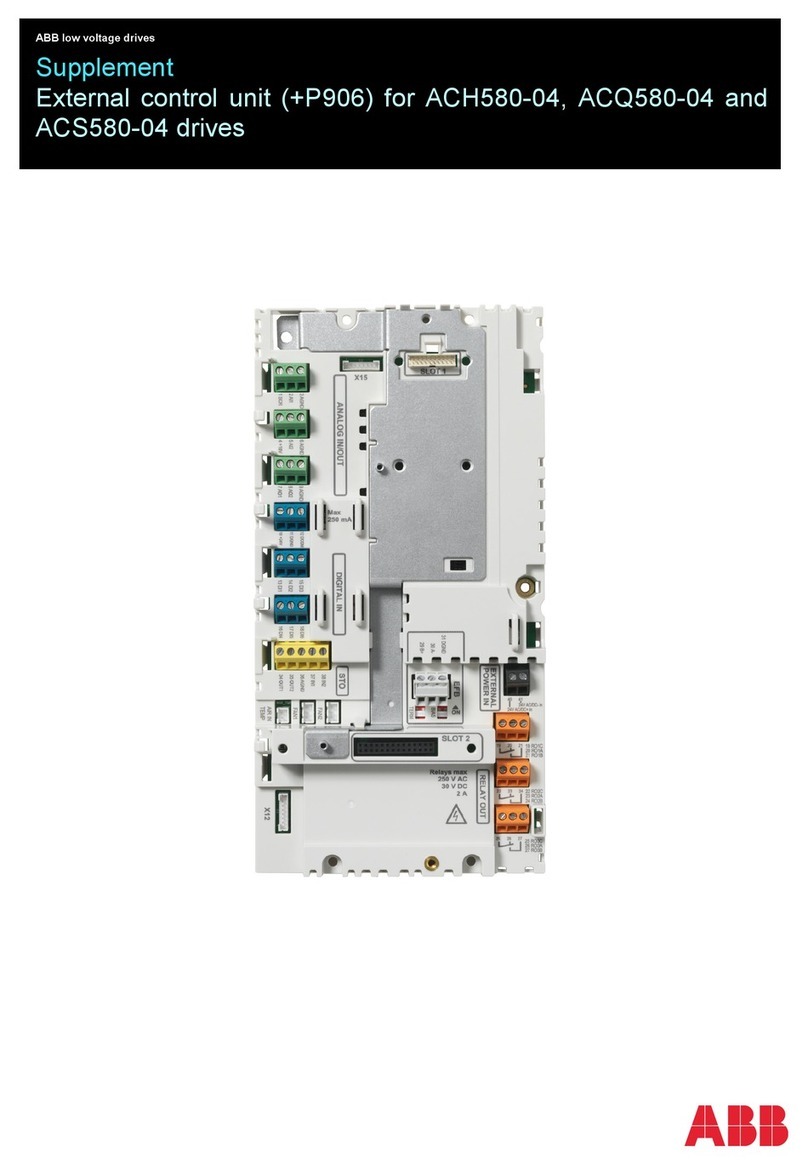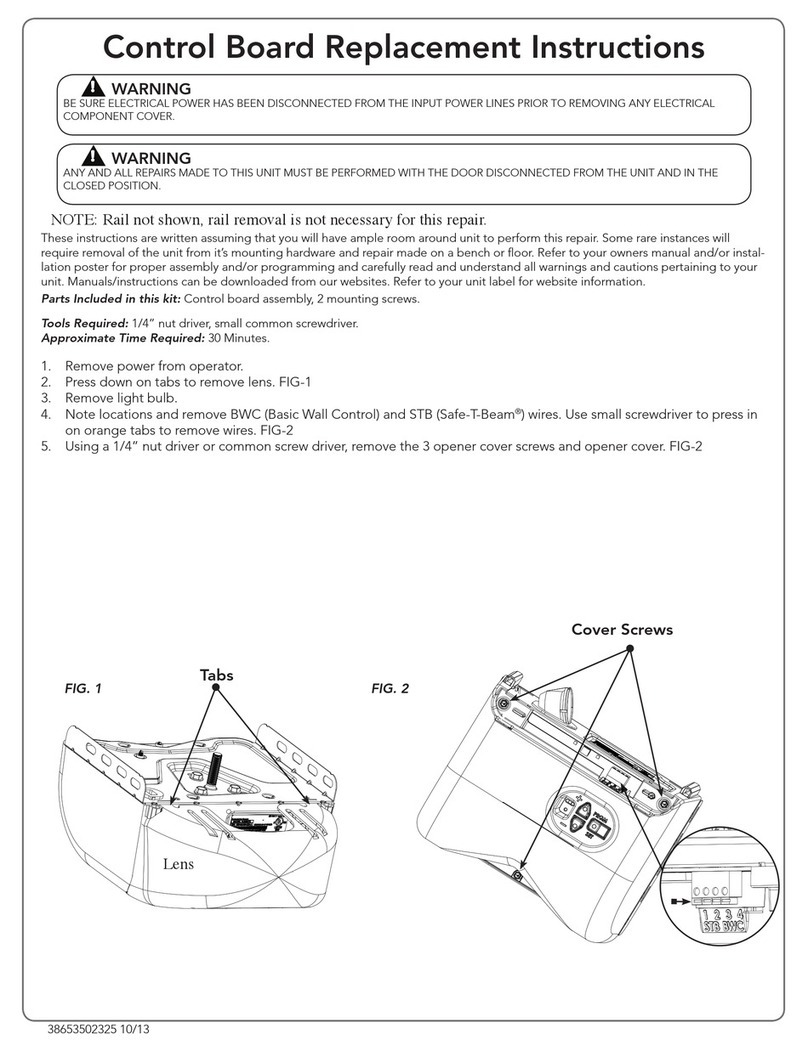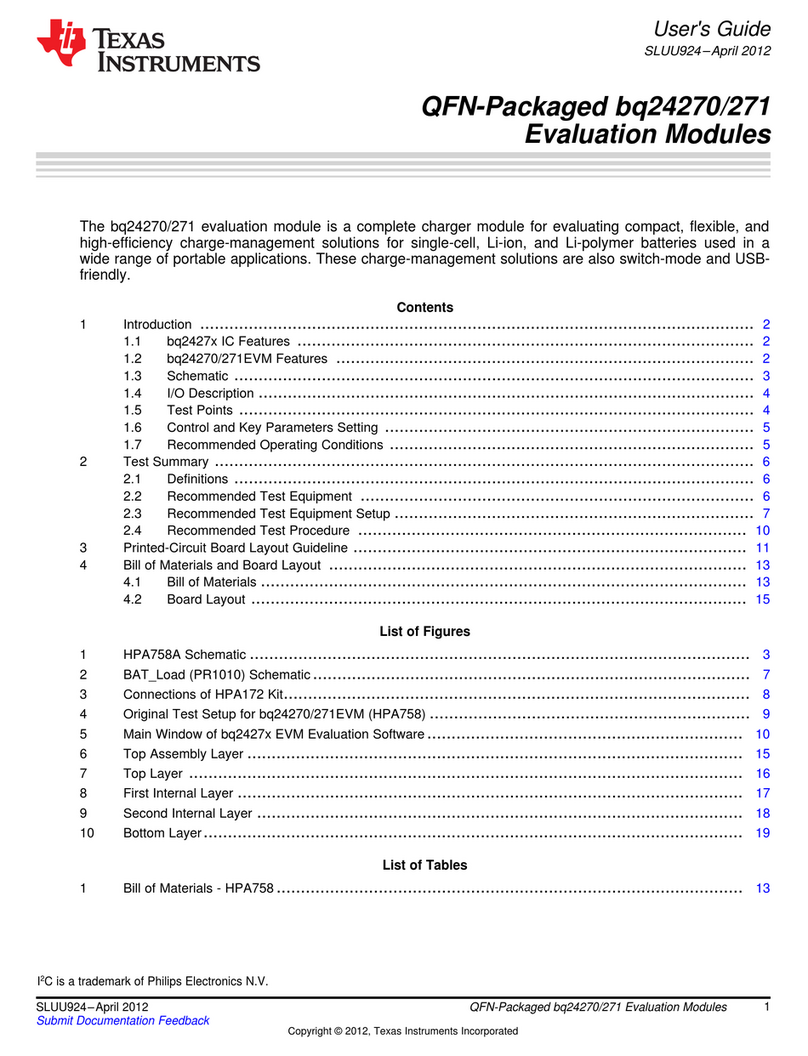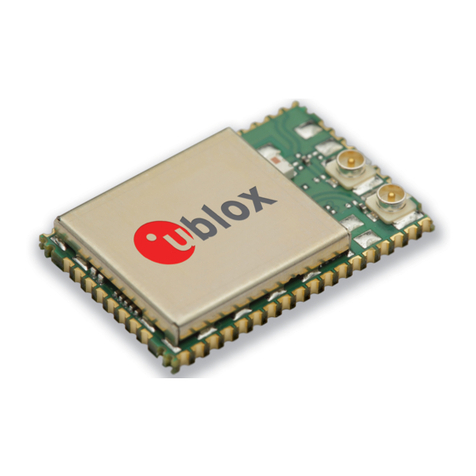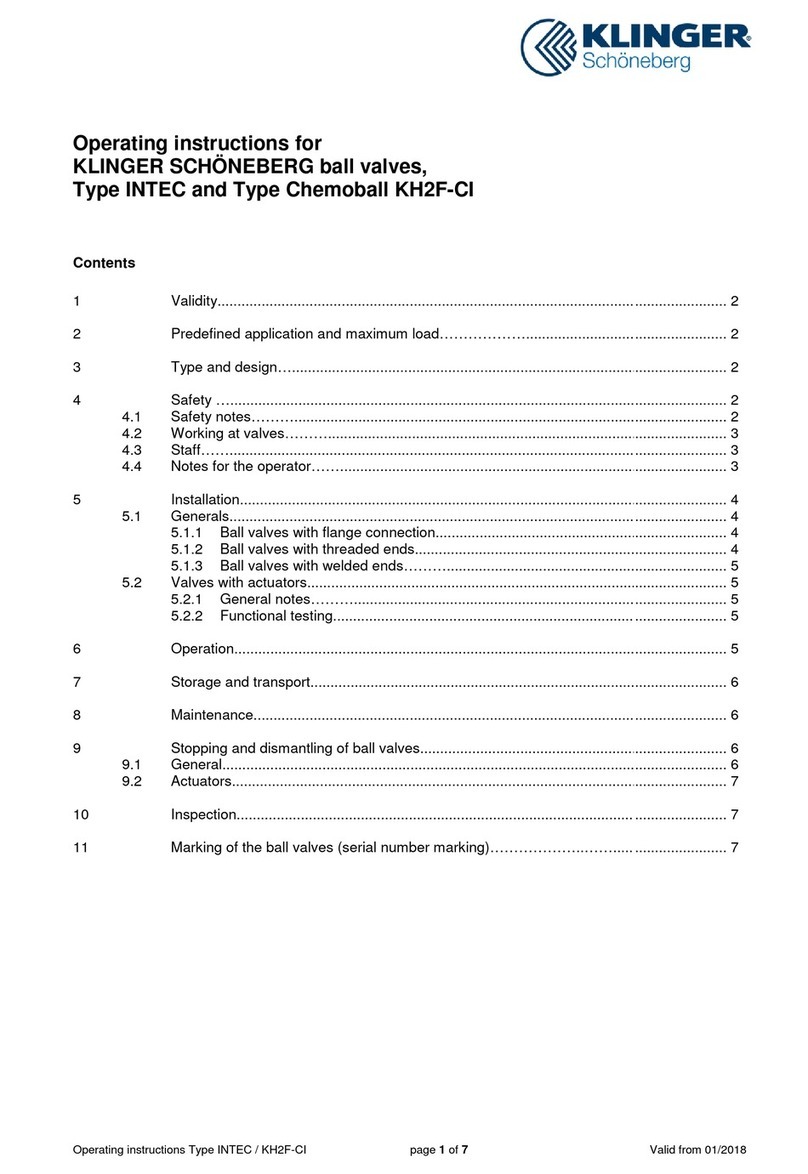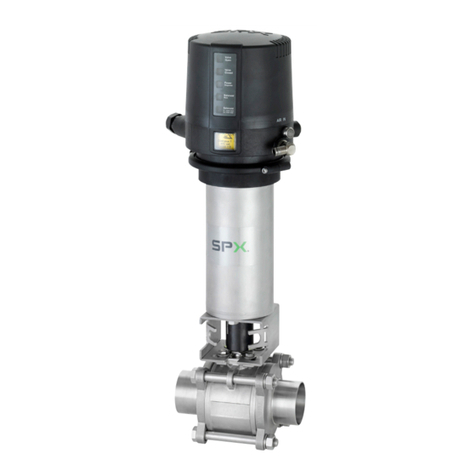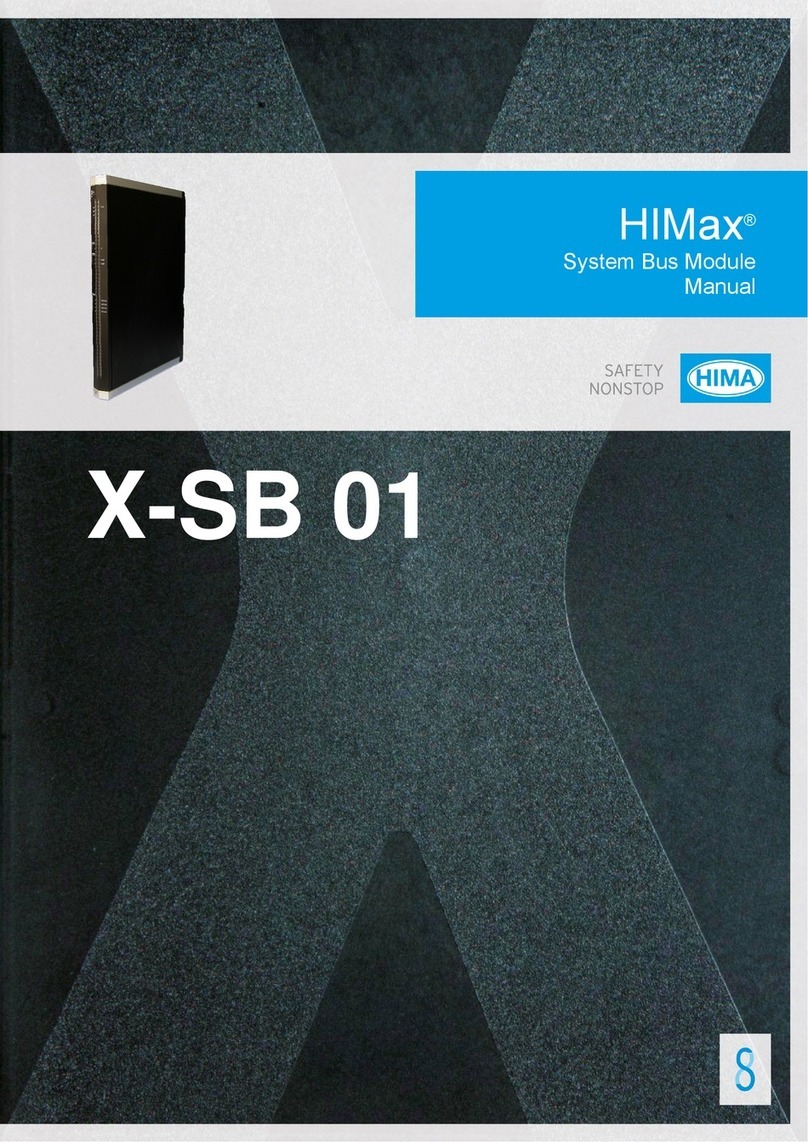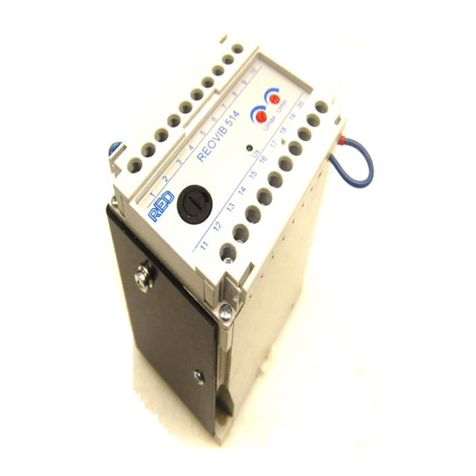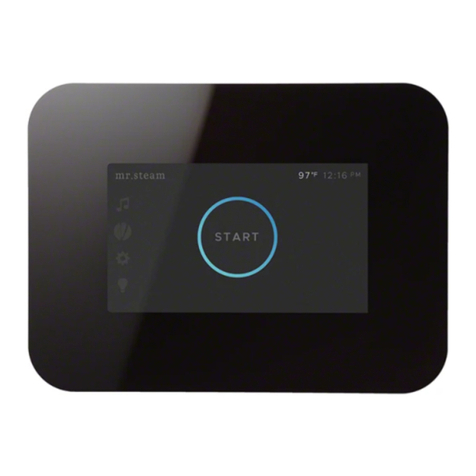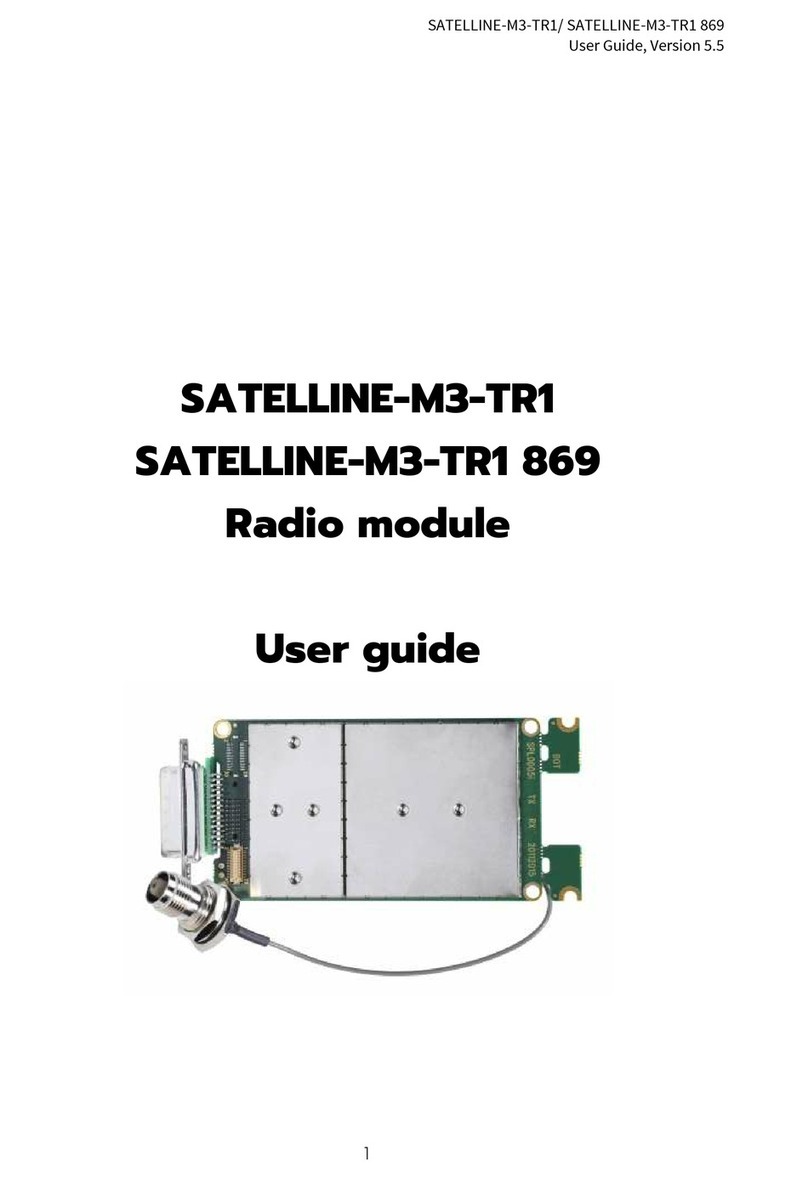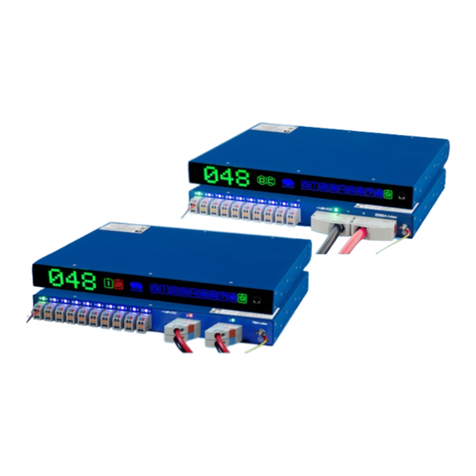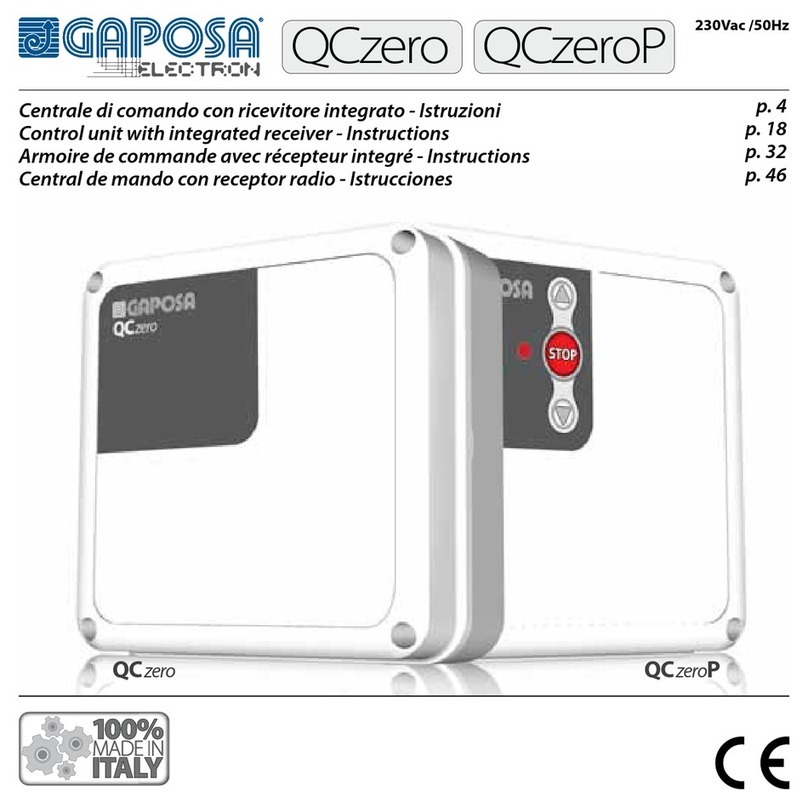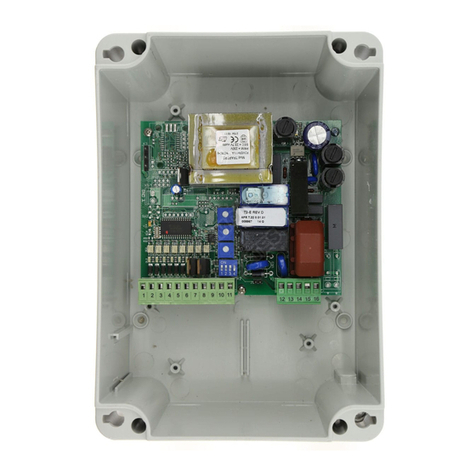Skytech AFVK-SP Series User manual

Trouble Shooting Guide
for
AFVK-SP Series Valve Kit
(AF-4000 Series Gas Valves)
AFVK-SP, AFVK-SP-H/L, AFVK-SP-MH/L
fire-parts.com

Rev. 10/19/11
2
AFVK-SP Series Valve Kit
Trouble Shooting Guide (AF-4000 Series)
TABLE OF CONTENTS
General Information ……………………………………………………… 3
Fault Codes
Ignition Safety ……………………………………………………… 3
Sensor Safety ……………………………………………………….. 4
Thermal Safety ……………………………………………………... 4
Other Symptoms
Burner Flame Will Not Modulate Or Works Backwards ……..... 4
Flame Height Seems HI/LO ……………………………………….. 5
Module Does Not Have An Audible Beep Using Transmitter …... 5
Burner Does Not Light But Pilot Is “ON” ………………………... 6
Specifications
Main Gas Connections ……………………………………………... 6
Pilot Gas Connections & Flow …………………………………….. 6
Ambient Temperature Range ……………………………………… 6
Voltage ………………………………………………………………. 6
Approvals …………………………………………………………… 6
Maximum Pressure ………………………………………………… 6
Procedures For Qualified Technicians
Test Voltage To Gas Valve ………………………………………… 7
Test Resistance Of The Burner Coil At Gas Valve ……………… 7
Test Static And Operating Line Pressure ………………………... 7
fire-parts.com

Rev. 10/19/11
3
AFVK-SP Series Valve Kit
Trouble Shooting Guide (AF-4000 Series)
AFVK-SP –Manual ON/OFF switch, manual HI/LO flame adjustment & a ON, OFF transmitter
AFVK-SP-H/L – Manual ON/OFF switch, solenoid for HI/LO & a ON, OFF, HI, LO transmitter
AFVK-SP-MH/L –Manual ON/OFF switch, motor drive for variable flame adjustment & a ON, OFF, HI, LO
transmitter
Components that may be installed with Valve Kit:
Standard: Optional:
SP1001 ON, OFF, ON/OFF/Continuous Pilot AFVK-SP-PILOT/60 60” wire leads and pilot
SP1001 H/L ON, OFF, HI, LOW, ON/OFF/ Continuous Pilot tubing
AF-4000BP Battery Pack AF-4000ADP24 6 Volts DC Adapter
AF-4000MOD-1 Control Module (learns 3 transmitters)
In order to trouble shoot any product it is important to understand the basic operation
and functions of that product. The following information will assist you through this
process.
General Lighting Information
Lighting Procedure:
Pushing the ON button sends a radio frequency signal to the module. This sends power to the pilot assembly and the
sparking begins. The gas valve will open, sending gas to the pilot. Sparking stops after the sensor recognizes the
flame and burner ignition is complete. ON/OFF/Continuous Pilot allows you to activate the continuous pilot feature
and allows the use of a standing pilot.
Control Module (AF-4000MOD-1) “Brain” of the system; has built in fault codes:
The module, inside the valve box, controls the operation of the valve kit. If module detects a problem, it will begin
emitting a series of audible beeps (fault codes). The audible beeps indicate a fault and will assist in locating the
problem.
Fault Codes
Ignition Safety –1 beep every 1 second
Ignitor will not spark / Burner has not ignited within 60 seconds.
Check
•Gas is ON; line is purged of air and no blockage in the
pilot and main lines.
•Pilot assembly electrodes are clean, no soot build-up (clean
with steel wool if needed).
Check Wire Connections
•Pilot wires –“I” (Ignitor) and “S” (Sensor) wires connected
Igniter
“I”
Sensor
“S”
Fig. 1
fire-parts.com

Rev. 10/19/11
4
to module securely. (See Fig. 1)
•8-Pin Connector –orange/white wires to Pilot on valve
and green/white wires to Main on valve. Black wire (ground) to valve; Grounding is critical for
proper operation. (See Fig. 2)
Sensor Safety –4 beeps every second / constant beeping
Sensor detects a flame, but flame is not present. Will also occur if flame (S) sensor wire is shorted to ground.
Check
•Pilot flame is actually present when valve is turned OFF
(valve replacement necessary if yes).
•Flame sensor electrode is not touching burner pan, log
grate or pilot hood assembly.
•Flame sensor wiring is not worn, frayed, pinched or
damaged.
•Disconnect “S” wire from module and press “ON” on
transmitter.
•Is there a ticking sound at module? If Yes, module is
working as designed, check pilot assembly.
Check Pilot Assembly
•Pilot wires –“I“ (Ignitor) and “S” (Sensor) wires connected to module securely. (See Fig. 1)
•8-Pin –black (ground lead) to valve. (See Fig. 2)
•No splices to wires, cuts, crimps; these can cause shorts.
•Check spark gap at pilot assembly. Gap should be 3mm (1/8”) from hood to 1st spark electrode. Too close
will not spark, too far it will spark to the burner pan or log grate.
•Check the (white) ceramic insulators to make sure that there are no cracks at each spark electrode, if cracked,
replace pilot assembly.
•If No ticking sound, check battery voltage. Battery voltage should be a minimum of 5.3 volts DC in the
battery pack or if using a AF-4000ADP24 DC Adapter, a minimum 6.75 to maximum 8.25 volts DC. If
proper voltage is obtained, module needs to be replaced.
Thermal Safety –4 beeps every 2 seconds
Overheating –Internal module temperature exceeds 170 degrees F.
Check
•Control module must stay inside the valve box. Never move outside or other locations.
•If valve box is too close to burner, move to cooler location.
•If glass doors are installed they need to be fully opened during operation.
Other Symptoms
Burner Flame Will Not Modulate Or Works Backwards
Check
•Battery voltage should be a minimum of 5.3 volts DC in the battery pack and a minimum of 9.0 volts DC in
the transmitter.
•Red indicator light on transmitter illuminates when buttons are pressed.
•4-pin connector from module to battery pack is secure.
Fig. 1
Fig. 2
Ground screw on bottom of valve
fire-parts.com

Rev. 10/19/11
5
•Red and black wires from battery pack are connected to red and black wires on solenoid/motor. Black wire
should be on the outside and red wire should be on the inside on the terminal block. (Fig. 3)
•Battery pack is in the proper position.
oAFVK-SP-H/L should be in the latching solenoid
position
oAFVK-SP-MH/L should be in the DC motor drive
position.
Check Solenoid/Motor with a 9 volt battery
•Disconnect red and black wires from the solenoid/motor and
battery pack where they connect.
•Place one wire, from the solenoid/motor drive, on the (+)
terminal and one on the (–) terminal of the 9 volt battery. This
should adjust your flame either HI or LO.
•Reverse the wires and it should adjust the flame in the opposite direction. If this fails, the solenoid/motor
drive should be replaced.
Flame Height Seems HI/LO
IMPORTANT: Valve Kits are shipped Natural gas (NG) from
Skytech. If using LP gas, make sure that you have followed the LP
gas conversion procedure to convert from Natural (NG) to LP, before
checking the following:
Check
•Gas valve regulator is selected to proper gas being used.
Remove regulator cap located on the front of the valve.
Check to see if stem indicates proper gas type. If not, push
stem in and turn to proper gas type; replace cap. (See Fig. 4
thru 7)
•Use proper orifice for the correct type of gas being used. (Using a LP orifice while using NG gas
will cause low flame height; and using a NG orifice on LP will cause high flame and sooting).
•Low gas line pressure and blockage in the lines will affect the flame height. Contact a qualified gas
technician.
•Contact gas log manufacturer for proper burner specifications.
Module Does Not Have An Audible Beep When Using Transmitter
Check
•Battery voltage should be a minimum of 5.3 volts DC in the
battery pack and a minimum of 9.0 volts DC in the transmitter.
•Red indicator light on transmitter illuminates when buttons are
pressed.
•4-pin connector from module to battery pack is secure.
•Remote/Off switch on module is in the “Remote” position.
•Broken or frayed wires in and around box or burner assembly.
•To learn transmitter to module
oPress and immediately release the “Learn” button, on the module, you should hear an audible beep.
oIf you do not hear an audible beep, clear memory of the module. If you hear an audible beep,
continue.
Fig.
2
Fig 3
Natural Gas
Fig. 4
LP Gas
Fig. 5
fire-parts.com

Rev. 10/19/11
6
oPress and hold the “ON” button on the transmitter, you should hear a series of beeps, sparking should
occur, release the “ON” button.
•Clear memory of the module
oPress and hold the “Learn” button for 10 seconds, release;
you should hear 3 long beeps.
oPress and immediately release the “Learn” button again and
you should hear an audible beep.
oPress and hold the “ON” button on the transmitter, you
should hear a series of beeps, sparking should occur, release
the “ON” button.
Burner Does Not Light But Pilot Is “ON”
Check
•Transmitter should be within 20 -25 feet of the valve.
•Battery voltage should be a minimum of 5.3 volts DC in the battery
pack and a minimum of 9.0 volts DC in the transmitter.
•Can you turn the unit “ON” by the rocker switch on the front of the
valve box? Turn the Remote/Off switch on the valve box to the
“OFF” position. Push in (-) on the rocker switch. Does the burner
ignite?
•If Yes, the valve is working as designed manually. Turn Remote/Off
switch back to the “Remote” position. Relearn the transmitter to the module, by following the
steps to learn transmitter to module listed above.
•If No, and battery voltage is good in battery pack and transmitter relearns, check voltage on the main side of
the valve. (A qualified technician should do procedure).
Specifications
Main Gas Connections: Valve: 3/8 in. NPT thread on all Inlet and Outlet connections.
Optional: 1/2 in. NPT Side Inlet and Outlet
Pilot Gas Connections & Flow: Connection Size: 7/16-24 UNS.
Flow: ~ 5,250 Btu/hr at 7.0 in WC. Maximum.
Side & Back of valve
Ambient Temperature Range: 0 F to 175 F (-18 C to 79 C)
Voltage: 6 Volt DC Powered
Approvals: CSA International Report Number Valve: 224930-156330
Module: 224930-1998843
Maximum Pressure: 1 ⁄ 2 psi
For Technical Service Call:
U.S. Inquires
(888) 672-8929 or (260) 459-1703
Website: www.skytechsystem.com
Email: support@skytechsystem.com
Canadian Inquires: (877) 472-3923
LP Gas
Fig. 6
Natural Gas
Fig. 7
fire-parts.com

Rev. 10/19/11
7
Procedures For Qualified Technicians:
Test Voltage to Gas Valve:
•Using a multi-meter, set the test leads to VDC.
•Insert each test lead wire into the 2-pin connector on the gas
valve marked MAIN (green and white wires). (See Fig 10).
•Using the remote, turn unit on, immediately you should
see 6 VDC and then drop to 1.5 VDC. Follow the same
procedure with the 2-pin connector on gas valve marked
PILOT (orange and white wires). (See Fig. 7).
•If you do not get the 6 VDC volts, from the MAIN and PILOT,
the module should be replaced.
Test Resistance of the Burner Coil at Gas Valve:
This tests whether valve can open or close.
•Using a multi-meter, set the test leads to VDC.
•Remove the green/white 2-pin connector labeled MAIN from the gas
valve.
•Touch one lead from the volt meter to each pin on the valve. (See Fig. 8).
•Coil resistance should read 990 Ohms to 1230 Ohms.
•If resistance falls outside of these limits, the gas valve should be replaced.
Test Static and Operating Line Pressure:
Check static and operating line pressure, (should not see more than 2” water
column difference between static and operating). Static pressure is the gas pressure coming to the gas valve before the
valve is in operation.
Static Pressure: Natural Gas = 7.0” -12.0” -WC. & LP Gas 11.0” -14.0”WC.
Operating Pressure: Natural Gas = 4.7” WC. & LP = 10-14” WC.
Fig. 7
Fig. 8
fire-parts.com
This manual suits for next models
3
Table of contents
Other Skytech Control Unit manuals
